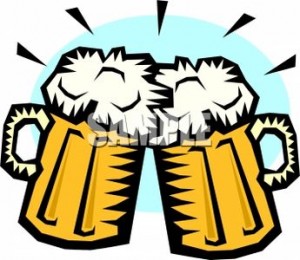In observance of September being National Drug and Alcohol Recovery Month, the national website, Recovery Month, “aims to promote the societal benefits of alcohol and drug use disorder treatment, laud the contributions of treatment providers, and promote the message that recovery from alcohol and drug disorders in all its forms is possible.” Be sure to check it out for stories and event information in your area. The U.S. Department of Health and Human Services’ Substance Abuse and Mental Health Services Administration (SAMHSA) and its Center for Substance Abuse Treatment (CSAT) created the materials being distributed for Recovery Month.
RecoveryMonth.gov website is a wealth of resources. Download the PDF version of the Toolkit (32MB)
The toolkit contains three separate sections and a special section showcasing real-life examples of people in recovery:
- Media Outreach – Provides instructions to plan and promote Recovery Month activities and events, as well as templates to customize and send to local and online media outlets.
- Targeted Outreach – Offers audience-specific information about the benefits of recovery, effectiveness of treatment, and tips to overcome challenges during the recovery process.
- Resources – Provides resources to help plan and prepare for Recovery Month events, as well as tips to cultivate partnerships with other organizations.
- Join the Voices for Recovery – Presents a snapshot of individuals who are on the road to recovery after struggling with mental and/or substance use disorders.
Email contact@ExecuCareARC.com or comment below and let us know what you and/or your organization are doing to promote awareness and recovery this month. Let us know about an event. Or share your own story of recovery!





